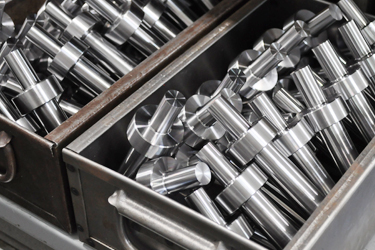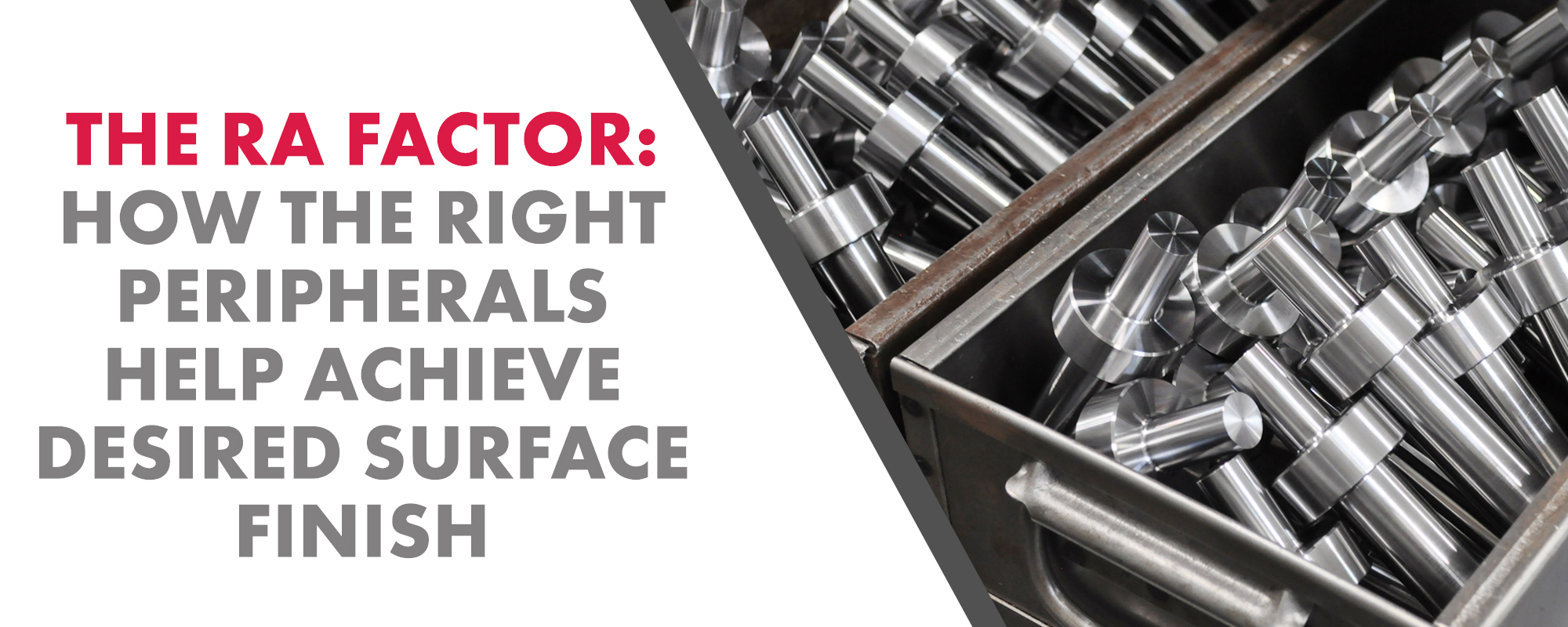Time is of the essence in the fast-paced business environment, and having a streamlined and efficient process for managing orders and inquiries is vital. The MyLNS customer portal is a crucial resource, earning praise from users.
More..Whether the parts you machine are highly polished (0.05 – 0.2 µm Ra) or fall within the standard 0.8 – 3.2 µm Ra range, ultimately the goal is to protect your bottom line by eliminating scrap and rework and, whenever possible, meeting Ra requirements in one operation.
This necessitates careful planning and the recognition that, regardless of a CNC machine tool’s accuracy and repeatability, there are other factors affecting the average roughness, or Ra, of a workpiece. These include using the appropriate cutting tools for the material being machined, programming optimum speed and feed rates, minimizing tool chatter and deflection, and efficiently removing chips.
That last issue – chip removal – is sometimes under evaluated. We assume that the coolant simply washes away debris into a chip conveyor that dumps various shapes and sizes into a hopper. Unfortunately, the process is far more complex given the variety of materials machined today. Too often errant chips find there way back into the cutting zone to mar the workpiece, damage the cutting tool so it wears prematurely and no longer machines as smoothly as before.
Two significant ways to prevent this scenario are (1) employing precisely delivered high-pressure coolant to the workpiece and (2) fitting the machine tool with a filtering chip conveyor.


